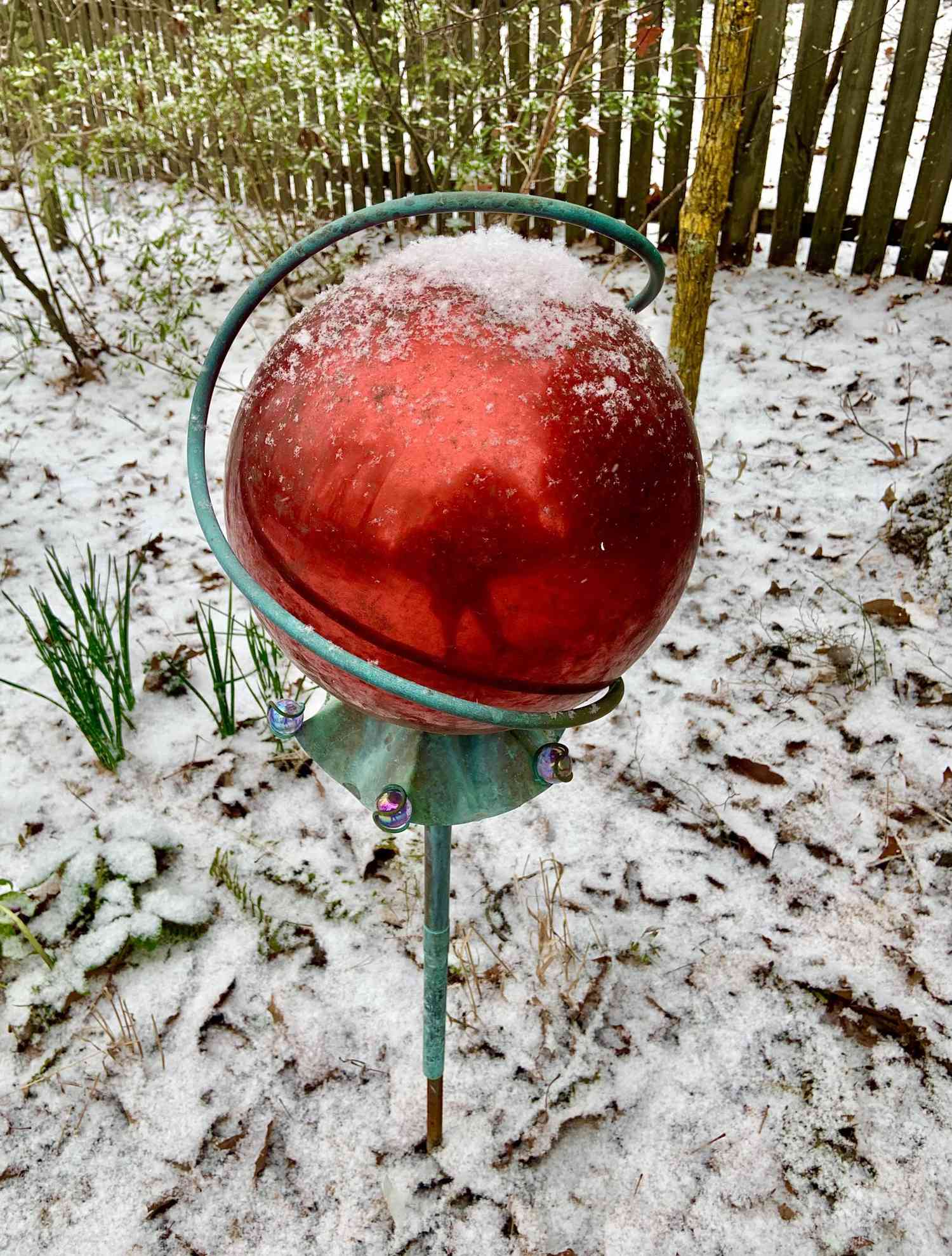When jet streams blast Arctic air down to the Gulf, winter storms impact the South. Record-setting low temperatures and snow storms will flood the region, so everything from people to plants must prepare.
If you’re one of those practical gardeners who plant only things native to your area, they’ll probably be fine. On the other hand, if you live in Tulsa and amaze your neighbors with tropical displays of Chinese hibiscus, Norfolk Island pine, banana trees, orchid trees, and Mandevilla, dust off your chainsaw, pruning saw, and loppers—you’re going to need them. Before and after a winter storm, here’s what to do to prepare your plants for survival.
Pre-Blast Checklist
When the big freeze moves west to east, people along the East Coast are next in line for a storm. Here are some things you can do to mitigate damage to your plants.
Bring Delicate Potted Plates Inside
Potted plants with roots exposed to the frigid air are more susceptible to the cold than ones planted in the ground. Don’t worry about finding them a sunny spot. They won’t be inside that long. An unheated garage that doesn’t go below freezing will be fine.
Insulate Tender Plants with Leaves, Mulch, Etc.
Snow is a great insulator if you have it. Mound oak leaves on top of plants and then top it with a plastic bucket. Snow now sits on the bucket instead of your plant’s roots.
Turn Off Water to Outside Faucets
As ice freezes, it expands and bursts.
Don’t Use Rock Salt to Melt Ice or Snow Near Plants
Salt is poisonous to plants and destroys the soil’s structure, so it no longer drains well. Instead, sprinkle a little lawn fertilizer or sand over icy spots. They won’t work as well as rock salt, but your plants will thank you.

After the Blast Checklist
Though the current deep freeze won’t last that long, the damage to plants probably will. Here are some severe and not-so-serious signs to look for when inspecting your plants after a storm.
Dead, Brown Flowers
Blooms from camellias, Japanese magnolias, quince, early daffodils, flowering almond, and other things will turn into brown mush when the temperatures drop below 25 degrees. If damage is limited to blooms, the plant can return when warmer climates occur.
Deep Green Foliage on Broadleaf Evergreens Turning Black and Brown
What’s happened here is that ice crystals burst the cell walls inside the leaves, killing them. The leaves will likely drop, but don’t rush to prune the sad-looking stems. The stems that held the leaves may or may not come back. Wait until spring to see if the plant blossoms again or if it is no longer salvageable.
Scratch the bark to see if you can find a green layer underneath. If you can, that part of the branch is still alive. If not, it isn’t. Provided the plant is salvageable, you’ll want to cut it back to the highest point on each trunk and branch, where you can find some green.
Split Bark
This is bad. It happens when a significant temperature swing happens in a short time. Water freezes inside the trunks of trees, like crepe myrtles, and splits them vertically. Split trunks usually die to the ground. Worst case scenario—the whole tree dies.